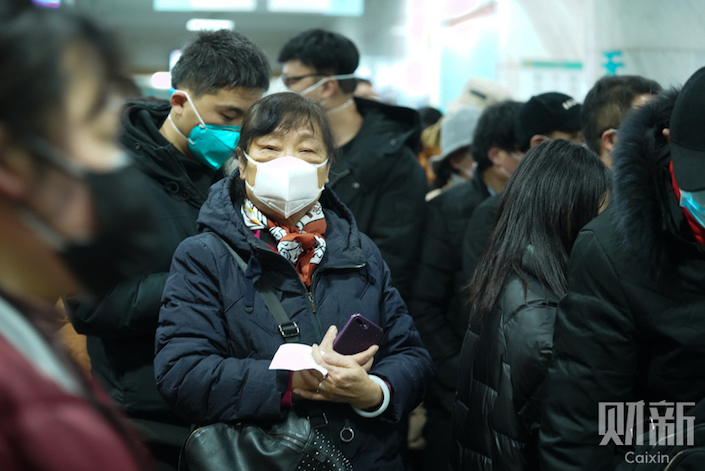Reporter’s Notebook: Anxiety Inside a Wuhan Fever Clinic
Listen to the full version

 |
(Wuhan) — The Wuhan Red Cross Hospital has been packed with patients since Wednesday when it was designated one of nine institutions in the city to receive patients suspected of having the viral pneumonia.
All people tested with temperatures above 37.3 degrees Celsius are supposed to be sent to the designated hospitals’ fever clinics for tests and treatment. But as the number of infections surges, the facilities are running out of capacity as shortages of medical supplies emerge and physicians are exhausted.

Unlock exclusive discounts with a Caixin group subscription — ideal for teams and organizations.
Subscribe to both Caixin Global and The Wall Street Journal — for the price of one.
- MOST POPULAR






